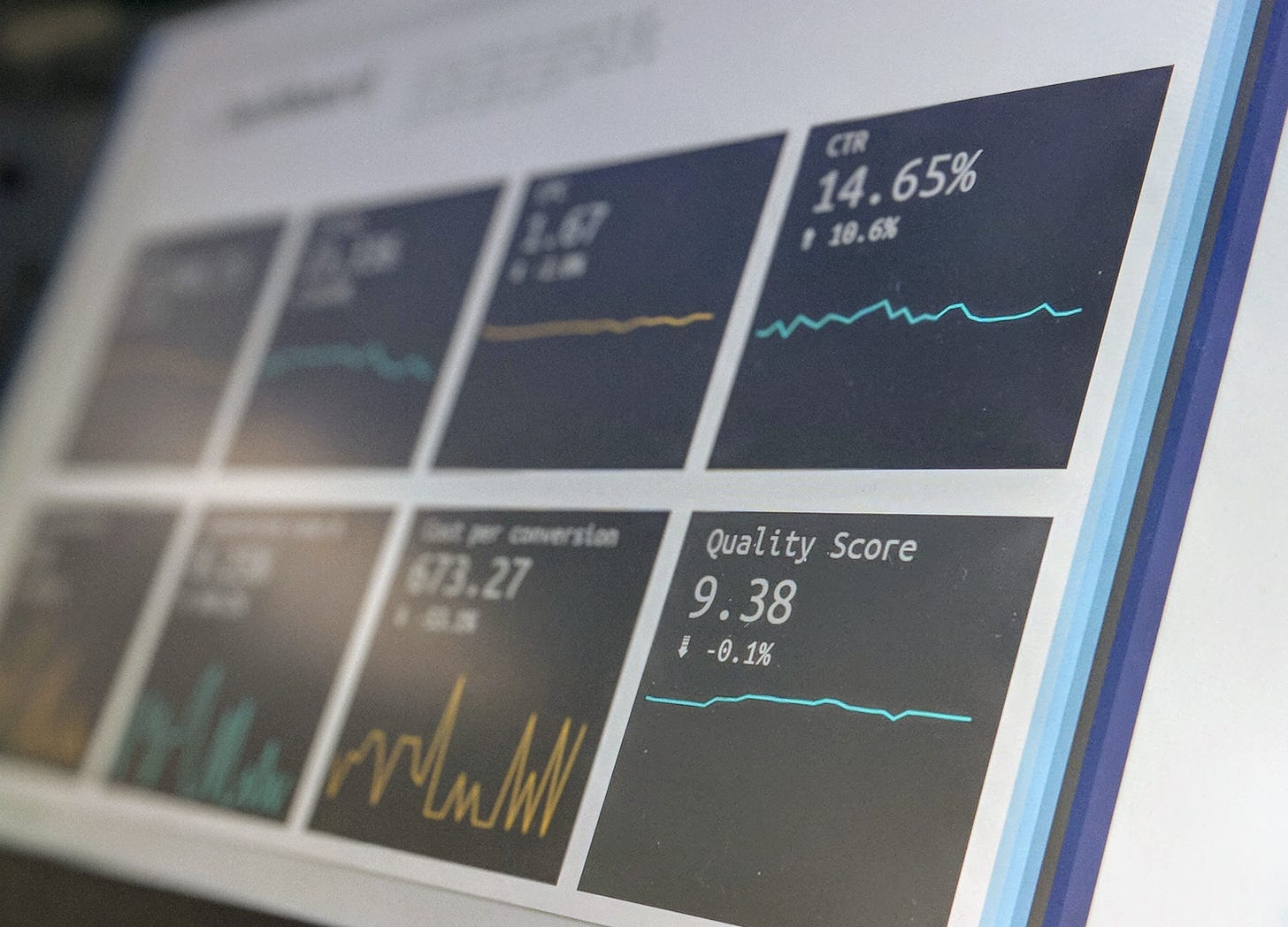What?
Cubelizer is a physical data analytics platform, it analyzes the way people behave inside your real estate assets. Combining some of the hot new technologies: computer vision, artificial intelligence, and wireless broad field of view cameras the solution allows collecting data points like the number of people, detecting presence or following user trajectories, in fact very similar to what is possible with online analytics tools like Google Analytics.
Photo by Stephen Dawson on Unsplash
Why?
Just like how the online analytics platforms led to a better understanding of the target customer and (conversion rate) optimization, physical space analytics will lead to better usage of the available real estate. The possible customers for this type of solution are easy to predict: Shopping centers, Theme parks, recreation centers (detection of under- and over-used parts), Workspaces (usage statistics of communal areas), Law enforcement ( incident control). Where before the COVID-19 the use case was primarily on trying to increase foot traffic, the new trend is to try and flatten out spikes.
But the possibilities are even more interesting if you take into account the additional optimizations that are unlocked because of this technology, possibilities like eg. data-driven maintenance en dynamic control of HVAC.
Why not?
Just as the online analytics and monitoring tools led to privacy concerns, monitoring your real estate users without their consent is a potential legal minefield (at least in the western world). This and the high upfront costs could seriously hinder the adoption of this technology and keep it a niche offering in the short term.
Who?
Cubelizer was founded in April 2016 by Marcos Garcia Cervantes and Celso L. Masid Dieguez. They graduated from Tetuan Valley Startup school and since then they managed to obtain grants from the Spanish Centre for the Development of Industrial Technology and EASME.
Who else?
Different technologies can be used to follow indoor traffic. Eg. Infsoft provides a solution using the radio signals that are broadcasted by end-user devices. There are also different ways to estimate room occupancy: Mapiq uses desk sensors to detect occupancy. There is also a lot of scientific research being done on using different detection methods like co2 or energy consumption as a proxy for occupancy.
But thanks to the recent innovations in the field of computer vision, the camera approach seems the most promising approach in terms of ROI and flexibility. Other notable competitors in this field are the danish company Ubiqisense, Density, Lone Rooftop and Pygmalios. The last one even takes it to the next level and includes gender, age, and sentiment analysis in its offer.
Further reading?
Deloitte (Data is the new gold)
Things happening…
Real Estate Futureproof took place last week. If you couldn’t attend this pdf does a good job of giving a short overview of what was discussed… Brian Roemmele gives his take on why the Ring security drone shouldn’t be dismissed as a gimmick on Quora… And Amazon definitely has proptech as a major objective Cnet has an article on how Amazon Sidewalk may play a big role in bringing connectivity to iot outside the range of your home wifi network.



